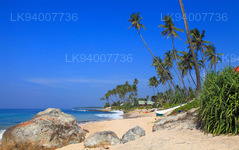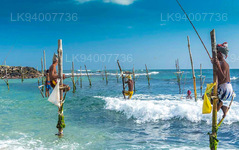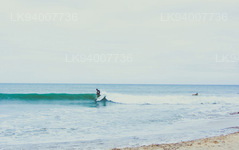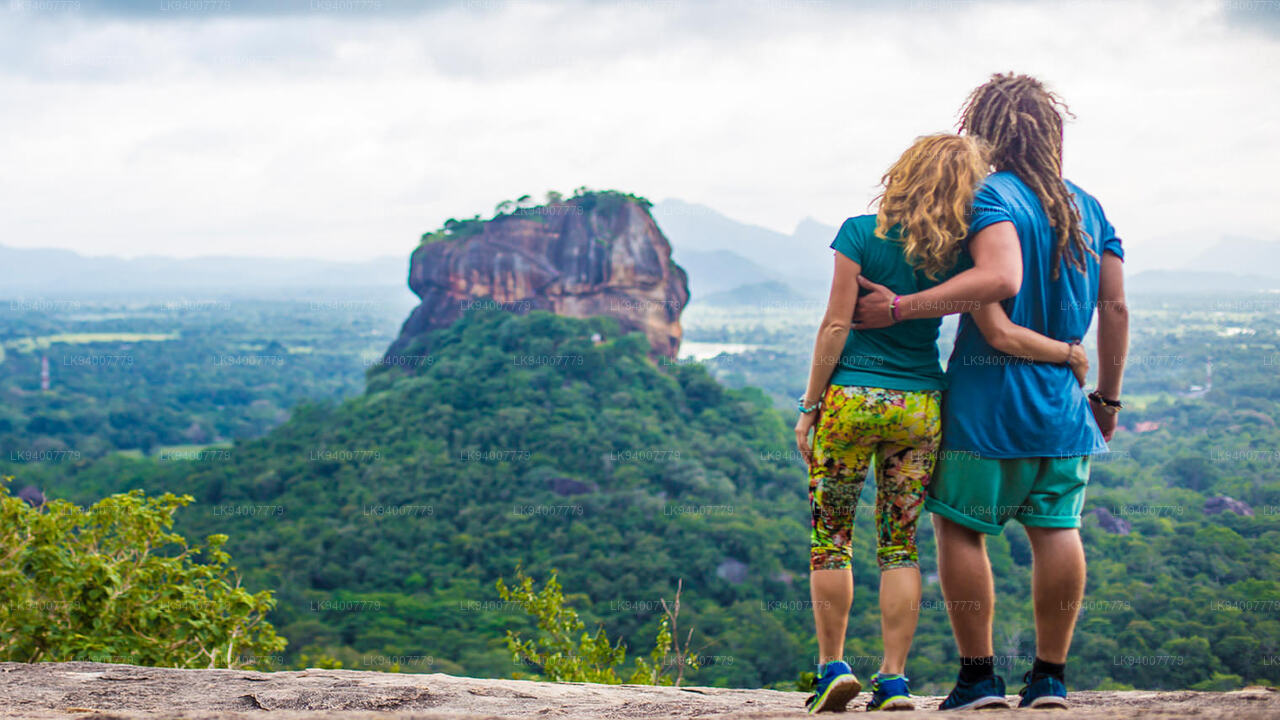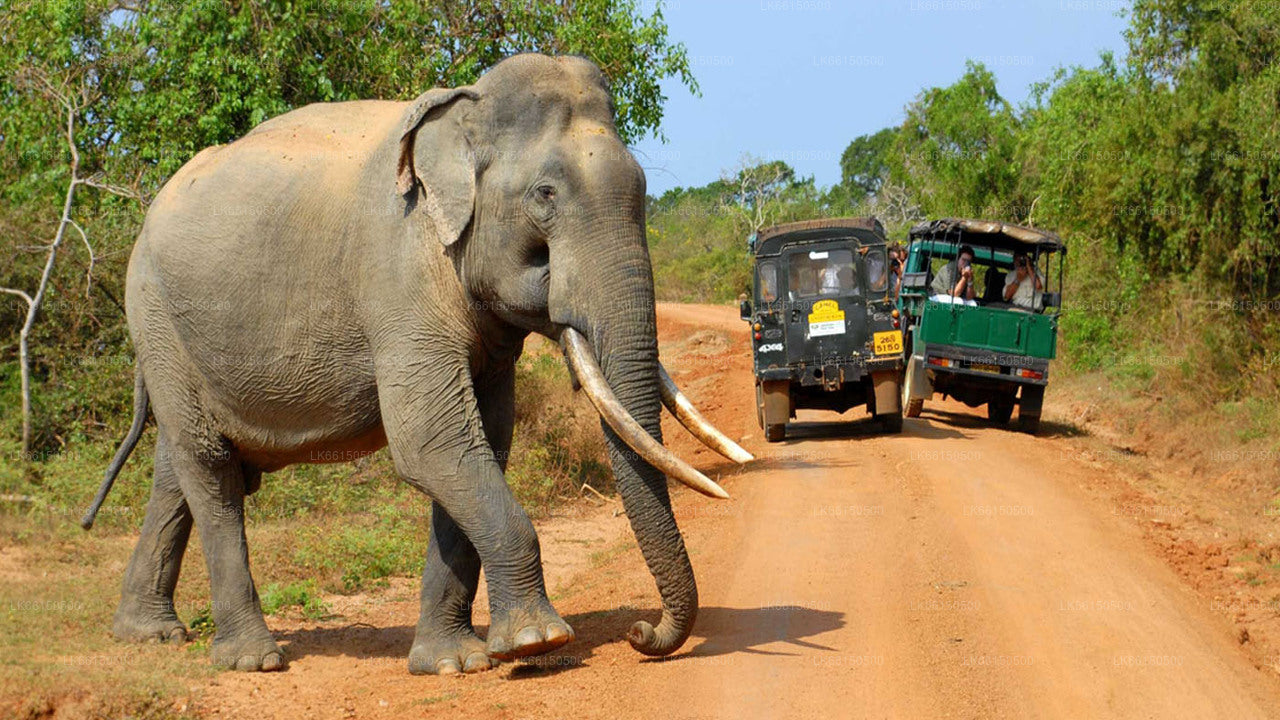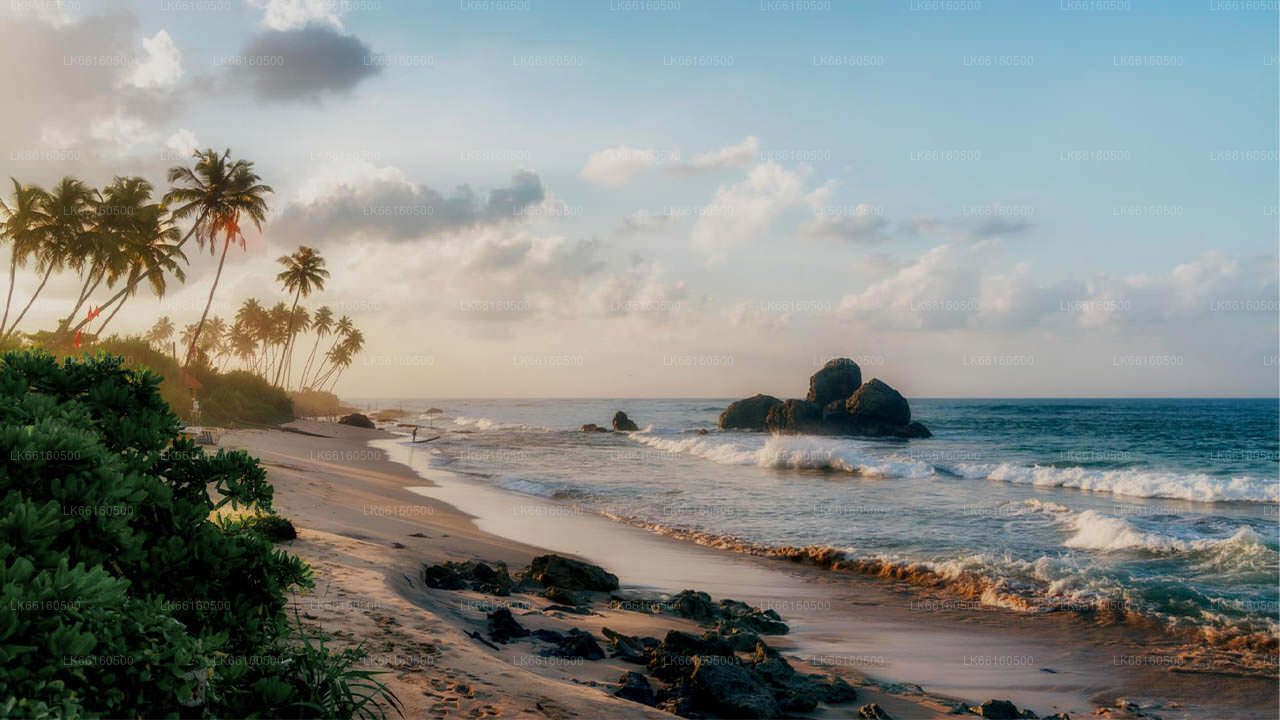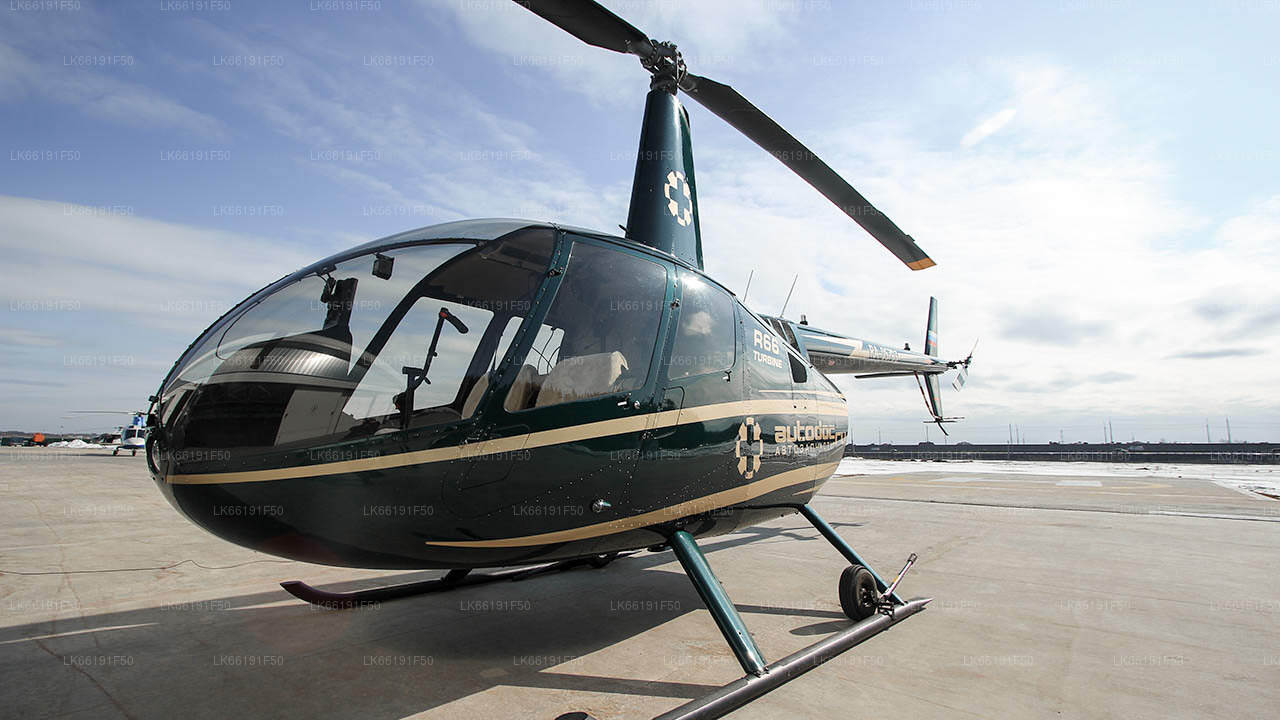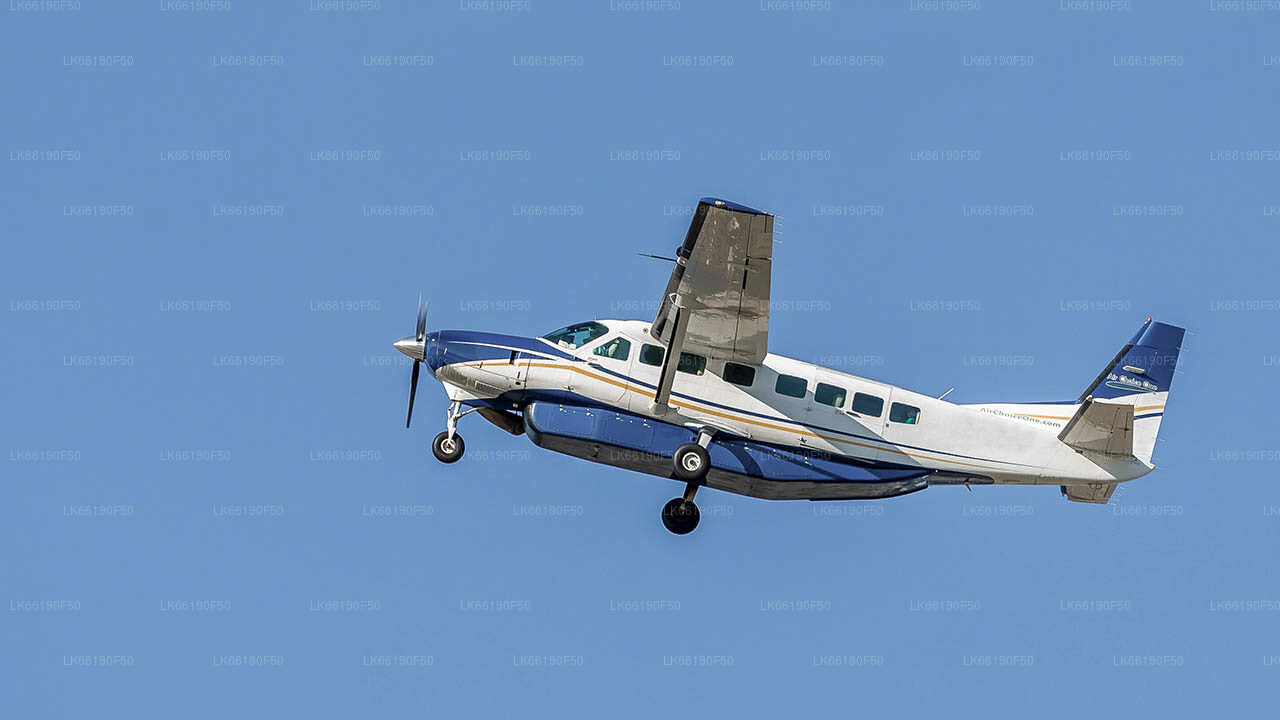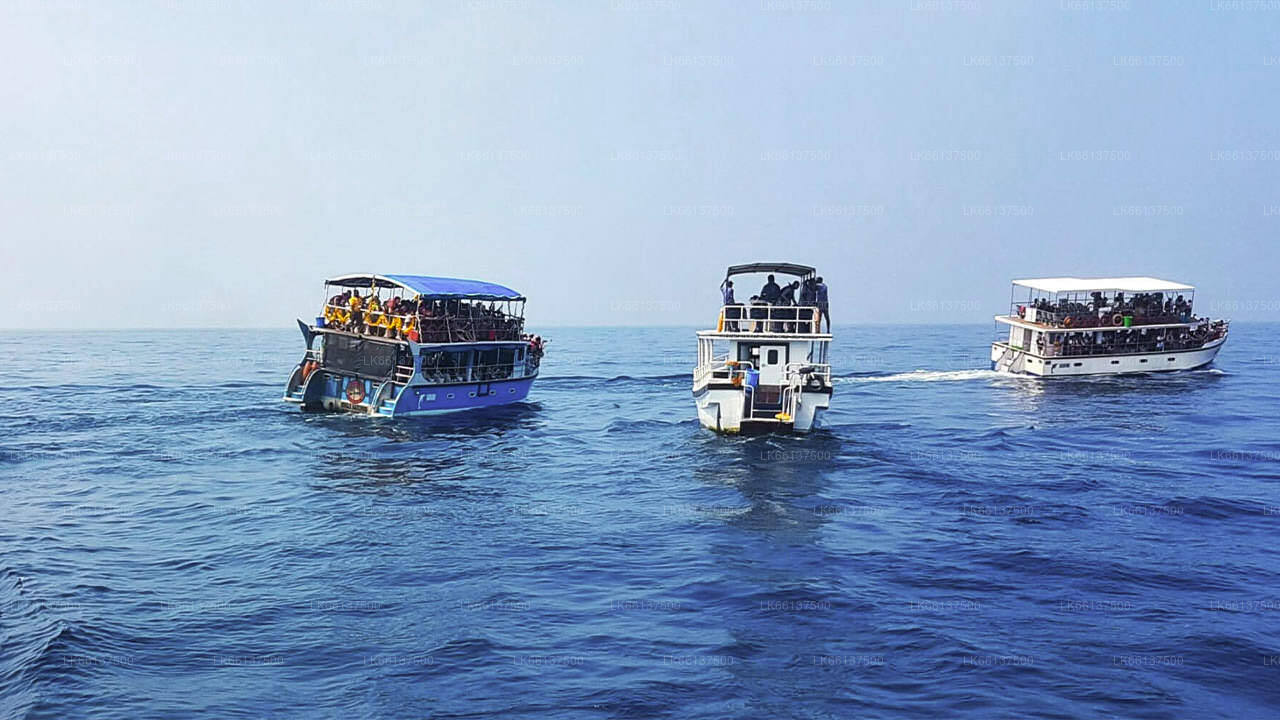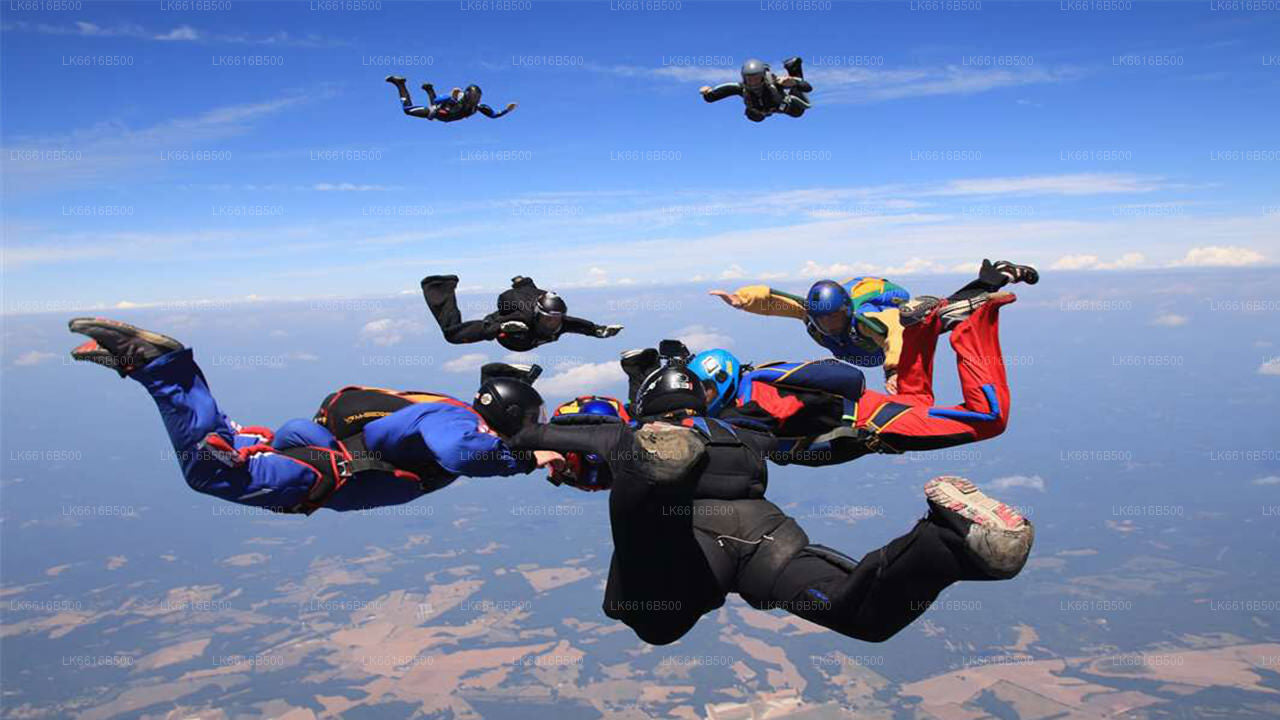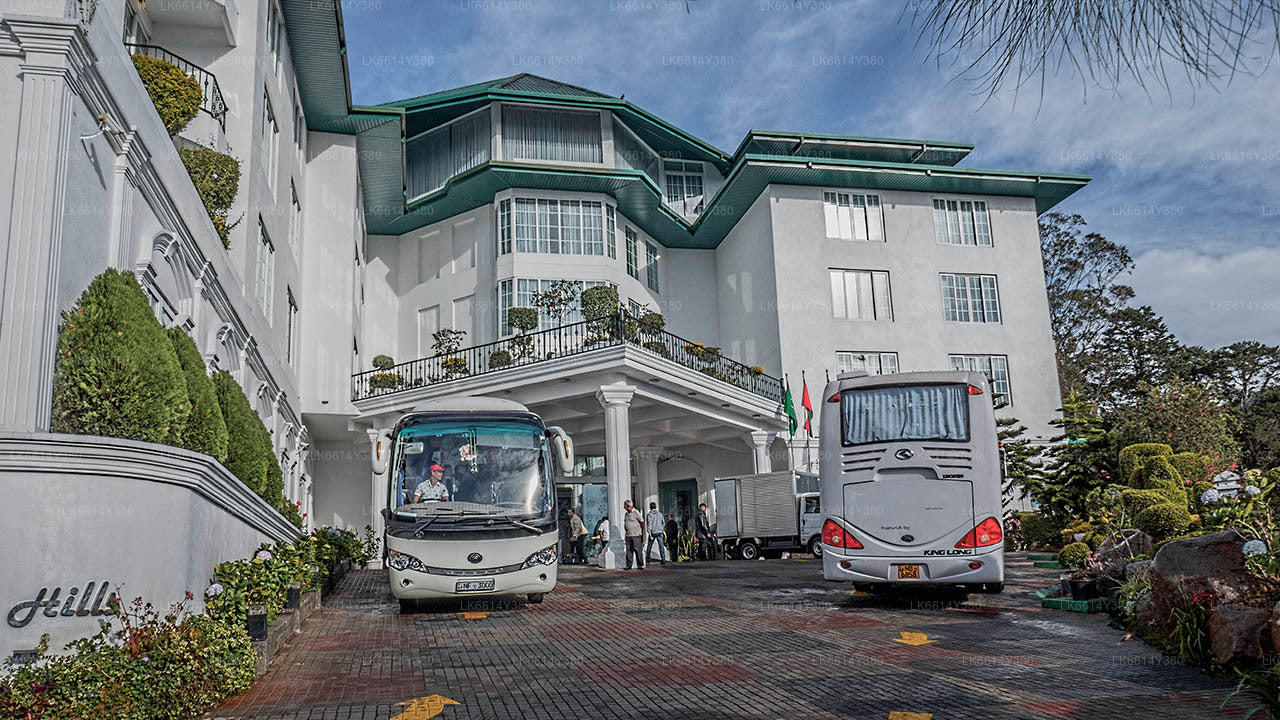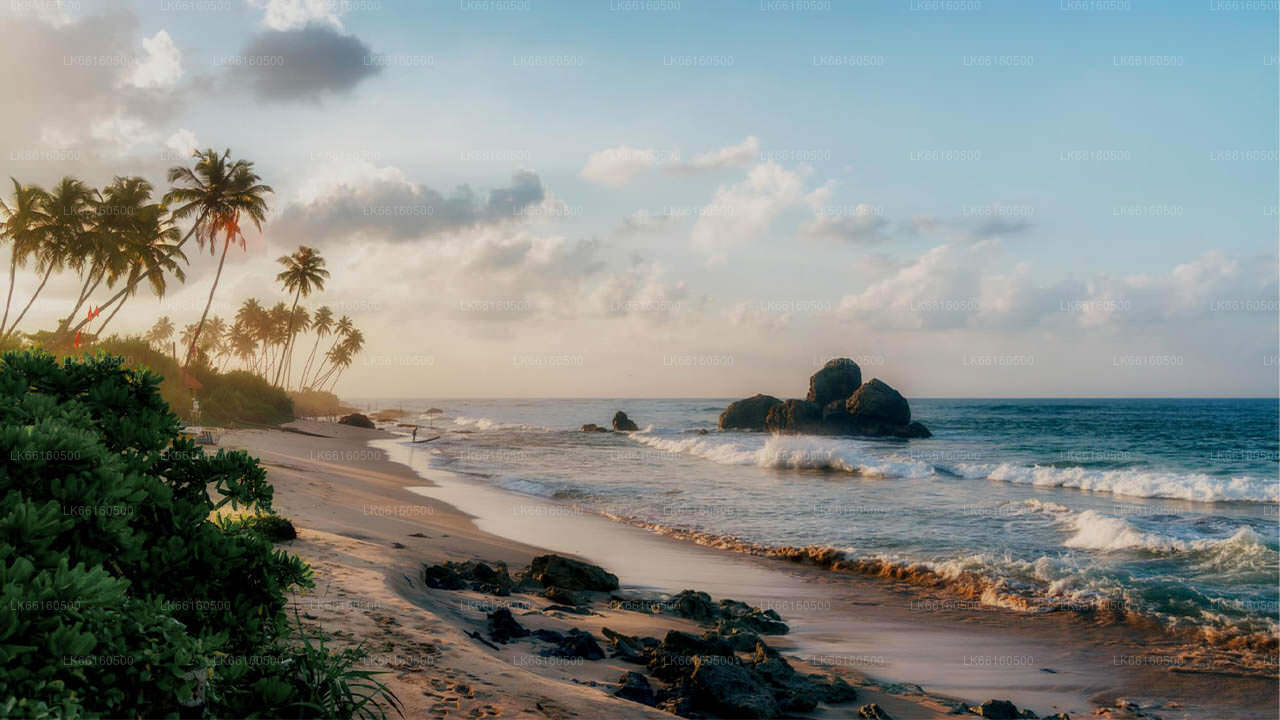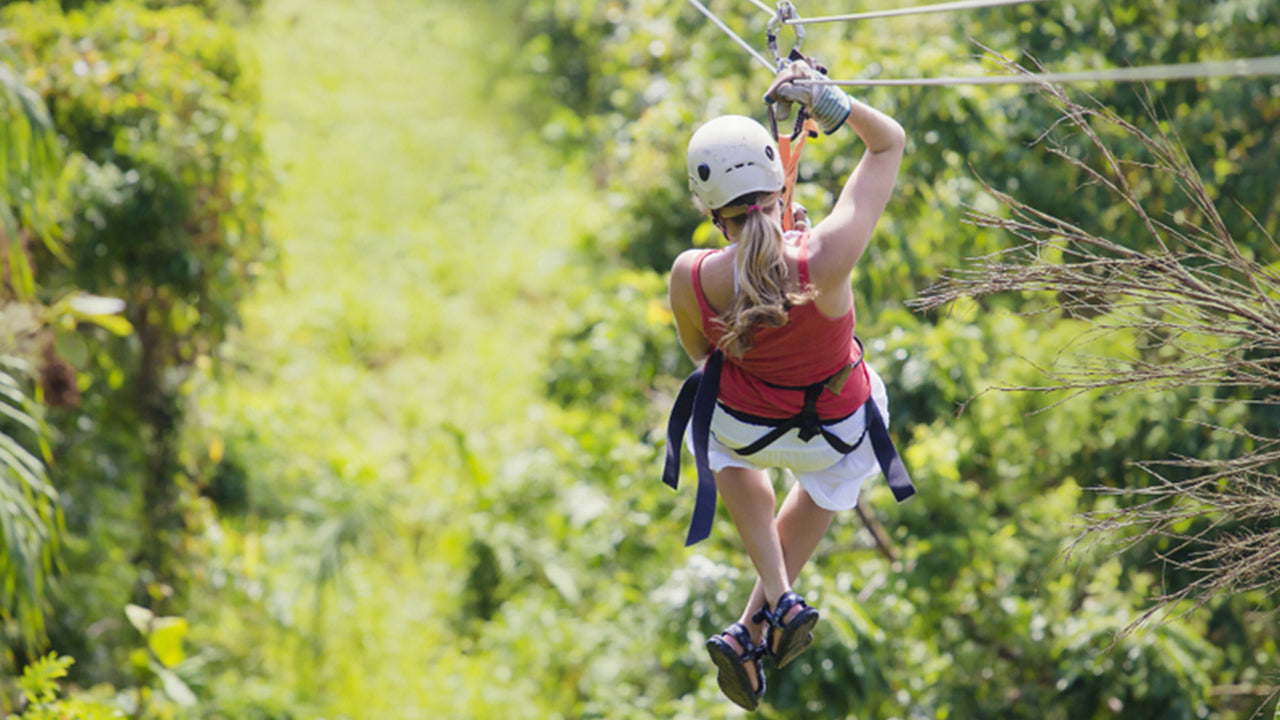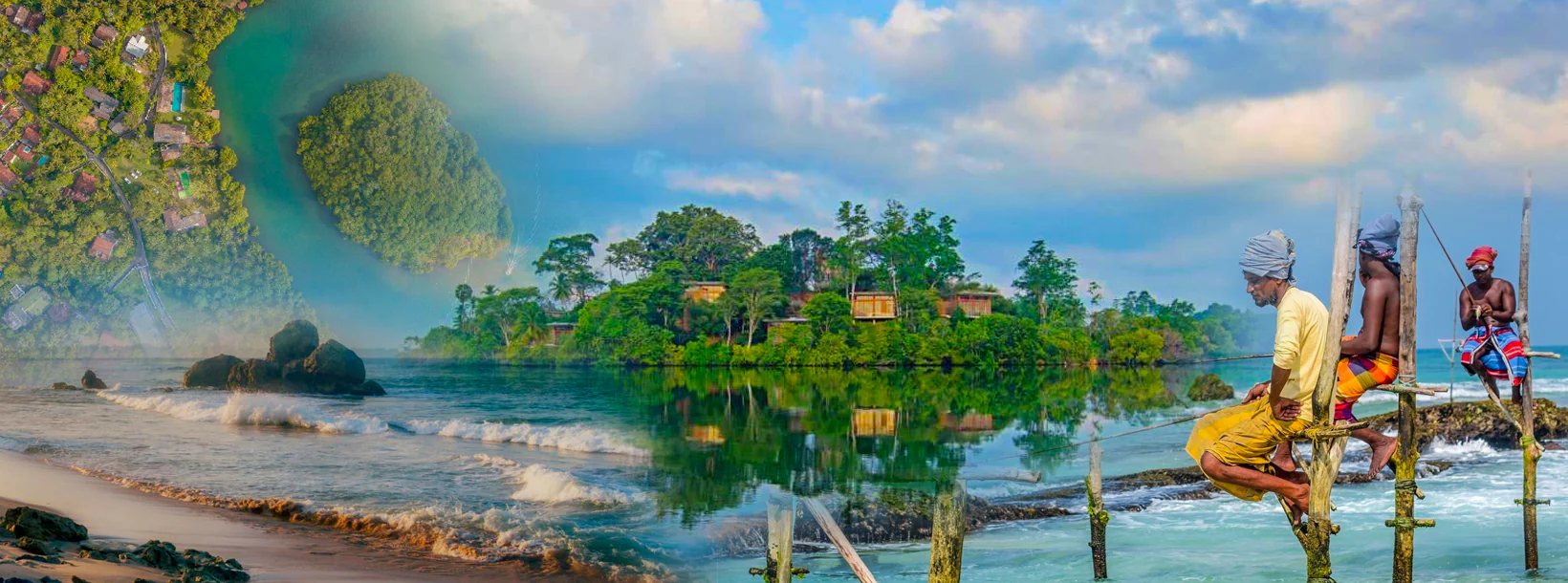
Koggala City
Koggala is a small coastal town, situated at the edge of a lagoon on the south coast of Sri Lanka, located in Galle District, Southern Province, Sri Lanka, governed by an Urban Council.
Koggala Beach
Koggala Beach, located on the southern coast of Sri Lanka, is a serene and picturesque destination known for its golden sands, clear waters, and relaxed atmosphere. This beach offers a blend of natural beauty and cultural experiences, making it an ideal spot for those seeking a peaceful coastal retreat.
Scenic Beauty and Relaxation
Koggala Beach features a long stretch of golden sand and clear blue waters, perfect for swimming, sunbathing, and leisurely walks. The tranquil environment provides an ideal setting for relaxation and unwinding amidst natural beauty.
Water Sports and Activities
For those interested in water activities, Koggala Beach offers opportunities for snorkeling, surfing, and kayaking. The relatively calm waters and nearby coral reefs provide a good environment for snorkeling, while the beach's gentle waves are suitable for beginner surfers.
Nearby Attractions
Several interesting attractions are located near Koggala Beach, including:
- Koggala Lake: A large lagoon adjacent to the beach, offering boat rides and the chance to explore its scenic beauty and wildlife. The lake is home to various bird species and provides a peaceful setting for nature lovers.
- Stilt Fishermen: The nearby area is known for its traditional stilt fishermen, who use unique methods to fish from elevated wooden poles. This traditional practice provides a fascinating cultural experience and great photo opportunities.
- Galle Fort: Located a short drive away, the Galle Fort is a UNESCO World Heritage Site with colonial-era architecture, narrow streets, and charming cafes and shops. The fort provides a glimpse into Sri Lanka's colonial past and offers a range of cultural experiences.
Local Cuisine
In the vicinity of Koggala Beach, visitors can enjoy a variety of local and international dining options. Seafood is a highlight, with fresh catches such as grilled fish, prawns, and crab curry featured prominently in the local cuisine. Beachside restaurants and cafes offer a range of delicious dishes and refreshing drinks.
Accommodation
Koggala Beach is home to several hotels and resorts that cater to various preferences and budgets. Many accommodations offer beachfront views, direct access to the beach, and amenities such as swimming pools, spas, and dining options, ensuring a comfortable and enjoyable stay.
Best Time to Visit:
The best time to visit Koggala Beach is from November to April, when the weather is warm and dry, providing ideal conditions for beach activities and exploration. This period is also favorable for water sports and enjoying the local attractions. The monsoon season, typically from May to October, brings heavier rains and rougher seas.
About Galle District
Galle is a city situated on the southwestern tip of Sri Lanka, 119 km from Colombo. Galle is the best example of a fortified city built by Europeans in south and Southeast Asia, showing the interaction between European architectural styles and south Asian traditions. The Galle fort is a world heritage site and the largest remaining fortress in Asia built by European occupiers.
Galle is a sizeable town, by Sri Lankan standards, and has a population of 91,000, the majority of whom are of Sinhalese ethnicity. There is also a large Sri Lankan Moor minority, particularly in the fort area, which descend from Arab merchants that settled in the ancient port of Galle.
About Southern Province
The Southern Province of Sri Lanka is a small geographic area consisting of the districts of Galle, Matara and Galle. Subsistence farming and fishing is the main source of income for the vast majority of the people of this region.
Important landmarks of the Southern Province include the wildlife sanctuaries of the Yala and Udawalawe National Parks, the holy city of Kataragama, and the ancient cities of Tissamaharama, Kirinda and Galle. (Although Galle is an ancient city, almost nothing survives from before the Portuguese invasion.) During the Portuguese period there were two famous Sinhalese poets called Andare who was from Dickwella and Gajaman Nona who was from Denipitiya in Matara District, composing poems on common man.



